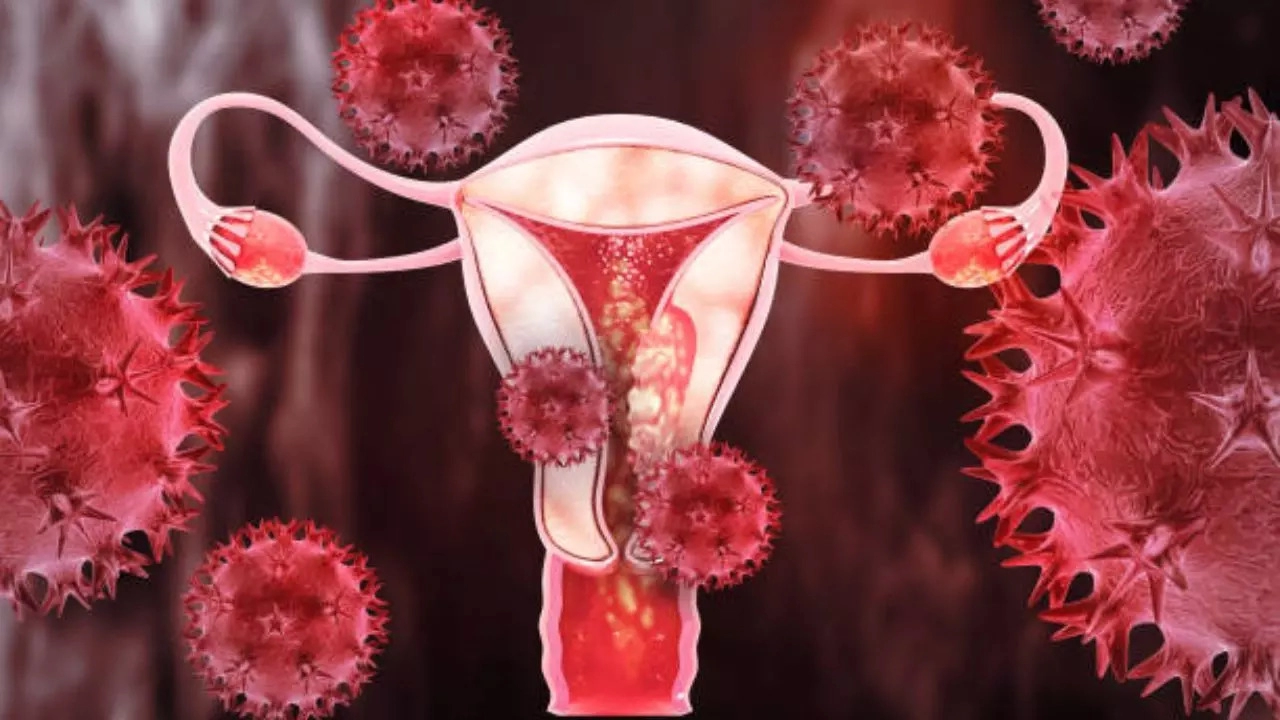Ashima Sharda Mahindra • 07 Sep 2024
A Third of Women Cannot Identify THIS Common Symptom of Endometrial Cancer

Postmenopausal bleeding happens in more than 90 women who have endometrial cancer
At least one-third of women are not able to spot the most common red flag for endometrial cancer - postmenopausal bleeding, a new study has revealed. According to experts, this symptom happens in more than 90 per cent of those who have endometrial cancer. The research highlights the need for increased awareness and education about this dreaded disease.
The study, conducted by the University of Minnesota recruited 648 women participants at the Minnesota State Fair for a survey, the results of which showed the majority of participants were not well-versed in symptoms. According to the researchers, only 63 per cent could identify postmenopausal bleeding as the most common sign of endometrial cancer – which forms in the lining of the uterus. It is the most common gynecological cancer in American women.
What is endometrial cancer?
Also known as uterine cancer, endometrial cancer develops in the endometrium - the inner lining of your uterus, completely affecting your reproductive system. It is one of the most common gynecologic cancers affecting your reproductive system.
According to experts, even though they are not sure of the exact cause of this cancer, changes or mutations in cells in your uterus which grow and multiply out of control, form tumours. Many risk factors increase the chances that you will develop endometrial cancer. There are several risk factors for endometrial cancer, which relate to the balance between estrogen and progesterone that cause obesity, polycystic ovarian syndrome, and taking unopposed estrogen. Doctors also say certain genetic disorders like Lynch syndrome are another risk factor unrelated to hormones.
Signs and symptoms of endometrial cancer
The symptoms of endometrial cancer resemble those of many other conditions, which include unusual pain or irregular vaginal bleeding. A few others include:
- Vaginal bleeding between periods before menopause
- Pain in the lower abdomen or cramps in your pelvis
- Thin and white or clear vaginal discharge after menopause
- Extremely prolonged, heavy, or frequent vaginal bleeding if you are more than 40 years of age
How can you lower your risk of endometrial cancer?
According to researchers, while 85 per cent of endometrial cancers occur in postmenopausal women between the ages of 65 and 75 years, they can still develop before menopause. And so, anyone who experiences abnormal menstrual bleeding or any other concerning symptoms of endometrial cancer, even before menopause, should alert their physicians.
Also, following a healthy lifestyle significantly decreases the risk by:
- Avoiding tobacco
- Exercising regularly
- Following a healthy diet that is moderate in red meat
- Quit drinking alcohol
Get Latest News Live on Times Now along with Breaking News and Top Headlines from Health and around the world.